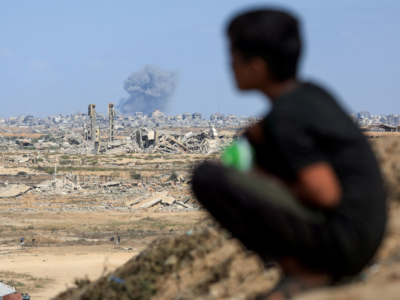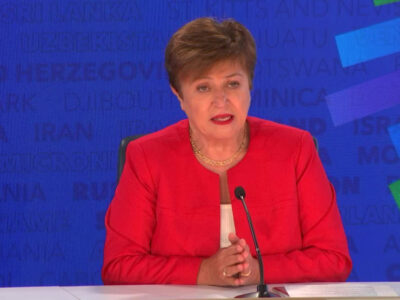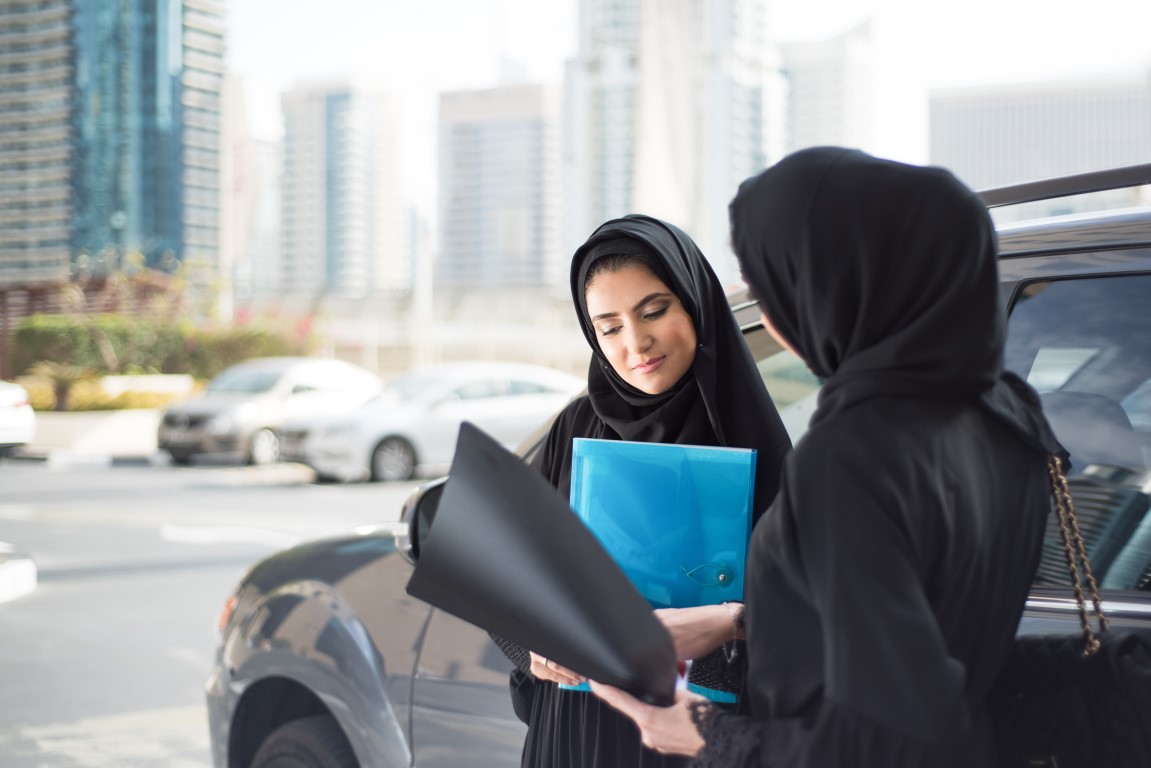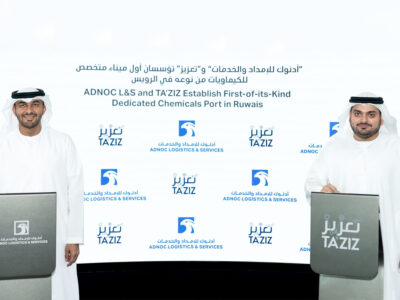The UAE has been named among the world’s five most improved countries for making progress on gender parity, according to the World Economic Forum’s Global Gender Gap Report 2021.
As the impact of the Covid-19 pandemic continues to be felt, closing the global gender gap has increased by a generation from 99.5 years to 135.6 years.
Progress towards gender parity is stalling in several large economies and industries, partly due to women being more frequently employed in sectors hardest hit by lockdowns combined with the additional pressures of providing care at home.
But the UAE, alongside Lithuania, Serbia, Timor-Leste and Togo, have bucked the trend, having narrowed their gender gaps by at least 4.4 percent.
The UAE’s progress comes after the Securities and Commodities Authority’s decision to make representation of women on boards of directors of listed companies mandatory.
Sheikha Manal bint Mohammed bin Rashid Al Maktoum, president of the UAE Gender Balance Council, recently said the decision was a “vital step towards further empowering women in line with international best practices”.
.jpg?oyoqpywi)
The UAE, home to Dubai and Abu Dhabi stock markets, will require at least one female director on the boards of all listed companies, as firms around the world face pressure to boost gender diversity.
The UAE has become the first in the region to issue binding legislation mandating women’s representation on the boards of government institutions.
The five biggest companies listed on Dubai Financial Market and the Abu Dhabi Securites Exchange have 84 board members, of which only three are women, according to data on the exchange websites.
While women are present on the boards of 28 out of 110 listed companies in the UAE, they make up only 3.5 percent of all board positions, according to data compiled by Aurora50.
The wider Middle East and North Africa region continues to have the largest gender gap (39.1 percent) yet to be closed. Despite a slight improvement (+0.5 percent), progress is slow, and it will take 142.4 years to close the gender gap, due in large part to the wide economic gender gap, with just 31 percent of women taking part in the labour force, the report said.
The new World Economic Forum report, now in its 15th year, benchmarks the evolution of gender-based gaps in four areas – economic participation and opportunity; educational attainment; health and survival; and political empowerment. It also examines the drivers of gender gaps and outlines the policies and practices needed for a gender-inclusive recovery.It said the deterioration is partly attributed to a widening political gender gap in several large population countries, adding that the economic gender gap has seen only a marginal improvement since the 2020 edition and is expected to take another 267.6 years to close.
 “The pandemic has fundamentally impacted gender equality in both the workplace and the home, rolling back years of progress. If we want a dynamic future economy, it is vital for women to be represented in the jobs of tomorrow. Now, more than ever, it is crucial to focus leadership attention, commit to firm targets and mobilise resources. This is the moment to embed gender parity by design into the recovery,” said Saadia Zahidi, managing director, World Economic Forum.
“The pandemic has fundamentally impacted gender equality in both the workplace and the home, rolling back years of progress. If we want a dynamic future economy, it is vital for women to be represented in the jobs of tomorrow. Now, more than ever, it is crucial to focus leadership attention, commit to firm targets and mobilise resources. This is the moment to embed gender parity by design into the recovery,” said Saadia Zahidi, managing director, World Economic Forum.
The pandemic has had a more negative impact on women than men, with women losing jobs at higher rates – 5 percent vs 3.9 percent – according to the International Labour Organisation, partly due to their disproportionate representation in sectors directly disrupted by lockdowns, such as the consumer sector.
Data from the United States also indicates that women from historically disadvantaged racial and ethnic groups are worst affected.
As the job market recovers, LinkedIn data shows that women are being hired at a slower rate in multiple industries. They are also less likely to be hired for leadership roles, resulting in a reversal of up to two years’ progress.
The report said sectors with historically low representation of women are also those with fast-growing “jobs of tomorrow”. In cloud computing, for example, women make up 14 percent of the workforce, 20 percent in engineering and 32 percent in data and artificial intelligence.
“Women aren’t well represented in the majority of fast-growing roles, which means we are storing up even bigger gender representation problems as we emerge from the pandemic. These roles play a significant part in shaping all aspects of technology and how it is deployed in the world. We simply have to have women’s voices and perspectives represented at this foundational stage, especially as digitisation is accelerating,” said Sue Duke, head of Global Public Policy at LinkedIn.
The WEF report offers ways for countries to work towards closing their gender gaps. These include further investment in the care sector and equitable access to care leave for working men and women, policies and practices that proactively focus on overcoming occupational segregation by gender, effective mid-career skills-development policies for women, and managerial practices that embed sound, unbiased hiring and promotion practices.
For the 12th time, Iceland was once again named the most gender-equal country in the world, ahead of Finland and Norway.
Western Europe continues to be the best-performing region and has further improved, with 77.6 percent of its overall gender gap now closed while North America (76.4 percent), comprising Canada and the United States, is the most improved region, with an increase of almost 3.5 percent.







